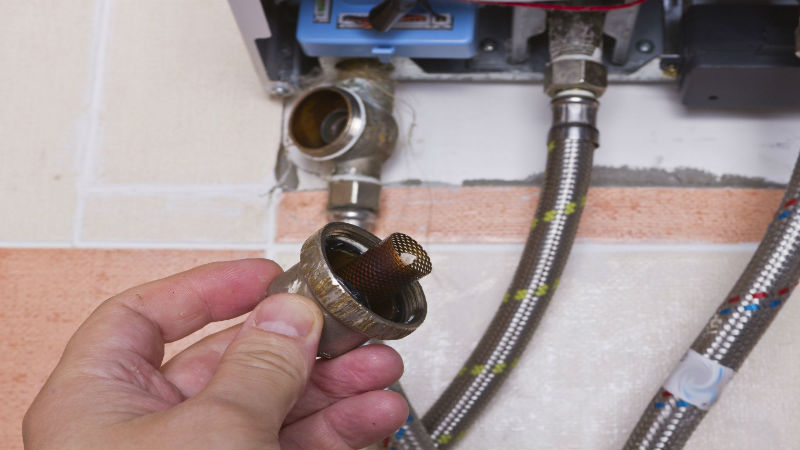Accuracy is critical in getting good results with a 3D printer. Anything that goes off register or doesn’t precisely follow a prescribed path shows up right away in the product. Everything relies on a 3D printer belt. Even with more advanced stepper motors, nothing works with a belt that slips.
How They Work
To prevent slippage, a 3D printer timing belt typically has notches on either one side or both sides that are designed to fit a gear. On one end of the axis bar, the stepper motor drives the gear. The belt fits to the gear by matching up notches and remains taut by wrapping around another gear at the opposite end of the axis bar. The belt moves printer elements horizontally or vertically along the axis bar.
Materials
While a 3D printer timing belt can be of various materials, most are rubber. Whether closed loops or open strands, they have an exact fit or give some slack to allow for tension adjustment. Belts may include reinforcement, which can be of nylon or steel or, most frequently, fiberglass.
Sizing
Belts are typically measured in millimeters. Closed and open belts include measurements for width and thickness. Closed, however, measure in terms of circumference while closed measure as lengths. Additional specifications include tooth height, thickness and spacing and maximum belt tension.
Talk with a Precision Instruments Distributor
A knowledgeable precision parts company can not only provide 3d printer belts but also a wide selection of products for any machinery, including office and medical equipment, floor polishers, drive components and others. Contact JJC & Associates at or visit Website today.


